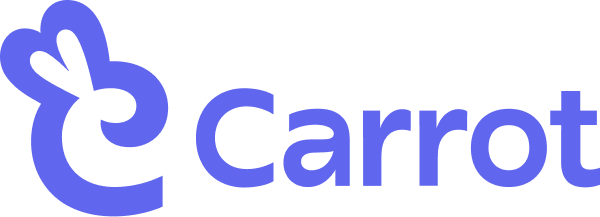New + updated
The 12 Best Snowboard Brands of 2024
March 4th
Creators often use newsletters created on Substack to connect with their community. Its popularity makes this platform a common recommendation. But with several equally adept alternatives, you must wonder if Substack is ideal for your needs.
In fact, for several creators, community building and growth can be a challenge on this platform. Happily, there are several Substack alternatives with outstanding features that you can use to engage and really grow your community. Here, we present you with some of our favorites.
6 Substack Alternatives You Can Explore Today
Take a quick look at other platforms like Substack to see which one would work best for your needs.
1. Carrot
One of the best alternatives to Substack (in our opinion) as Carrot’s community-building features are excellent. On this social shopping platform, not only do you connect with your audience, but also grow. When your follower chooses to subscribe, Carrot adds their emails to your dashboard so you can share exclusive deals and personalize your content marketing strategy.
It’s a great opportunity to bypass the noise on social media platforms and connect directly with each member of your community.
Carrot lets you create collections of anything from home décor items to travel pieces. It’s designed to cater to tastemakers, creators, and influences in all areas. Not only can you bookmark, organize and create collections of your favorite things, but you can also share these with your following (and add affiliate links to them).
Whether you want to share this for free or only to your subscribers is up to you. Here’s an excellent tool that calculates how much revenue you can potentially generate from your collections. Carrot also gives creators a branded Carrot link where you can put everything in one place – your collections and other social profiles.
Highlights:
- Allows creators to export a list of their subscriber’s emails
- Publish content to your subscriber’s inbox
- Freedom to create paid and subscriber-only content
- Create stunning shoppable collections with or without affiliates
- One branded link for all your links
- Create a stream of monthly recurring revenue
2. HubSpot
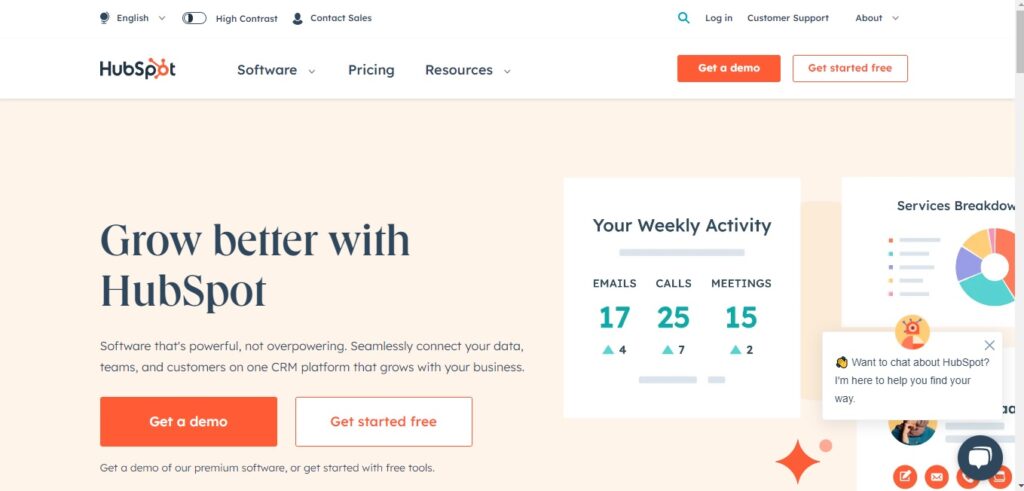
HubSpot is quite popular, and you may already be using HubSpot for your sales and marketing work. If you are, it’s very simple to switch your newsletter services over. It also makes sense to as you’ll be able to make decisions on your content based on the data you receive from HubSpot. Its simple interface makes it easy to use. HubSpot is known for its strong software and is an excellent option to explore.
Highlights:
- Excellent user interface
- Easy to switch your newsletter services to HubSpot
- Gives you analytics that you can use to make content decisions
Related: How To Create A Wishlist From Multiple Online Retailers
3. MailerLite
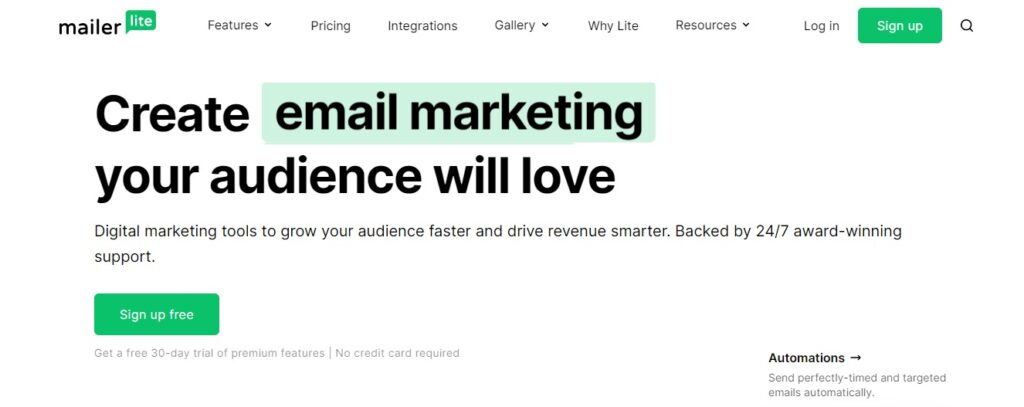


The MailerLite platform enables you to create content, carry out marketing activities and even track conversion rates. With no code to stumble over, this platform is extremely user-friendly and allows you to reach your audience much quicker and deliver better content.
MailerLite offers you analytics, templates and automates processes, among others. However, unlike SubStack, MailerLite is not a free platform. You will have to sign up for it with a fee.
Highlights:
- Knowledge of code is not necessary to create, design, and send out marketing material
- Automated processes gives you analytical data and multiple templates to choose from
- Requires you to pay a fee
Dillard’s Return Policy: Your 10 Biggest Questions Answered
4. Ghost
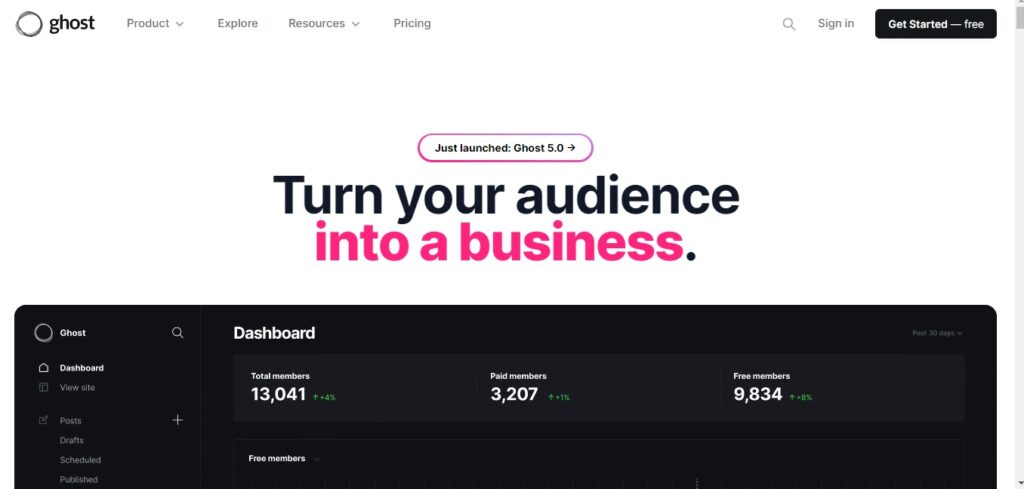


Ghost is designed to give content creators multiple tools to make their work easier. You can use Ghost to build a solid membership service. Their platform is neat and offers an excellent user experience for both you and your audience.
It has the feature to create a charged subscription (a recurring monthly fee) for your audience. Their strength is their publishing. As a creator with Ghost, you will be able to create good content and work on connecting with your audience. Ghost’s platform is open source, so you can customize it if you have the tech skills to do so.
Highlights
- Offers creators multiple tools to make design and content creation easier
- A user-friendly interface for both subscribers and creators
- Easy to create a subscription/membership plan
- Open source so you can customize further
Related: 10 Mind-Blowing Costco Secrets You Need to Know to Save Money
5. Medium
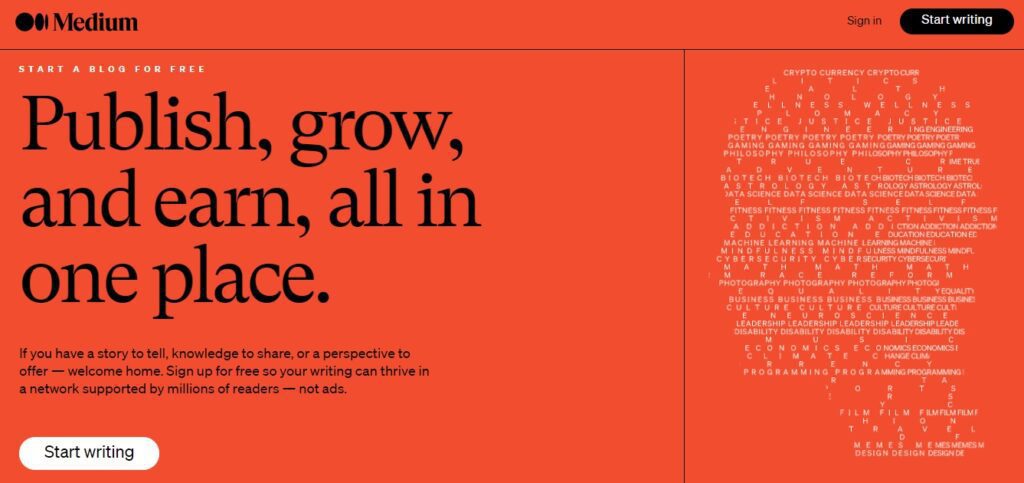


Medium is a popular platform for blogging used by amateur writers, creators, and media publications alike. With medium, you don’t need any special knowledge or experience in design to create a beautiful post. Creators can generate revenue on Medium through their partner program. The amount is decided depending on the reading time for each article.
Medium takes into account feedback given by creators and has launched a newsletter feature. Medium is a free platform to use, but you must keep in mind that Medium isn’t ideal for generating or tracking engagement.
Highlights
- Easy for all to create and design good blog posts
- Creators can generate revenue based on read time for each article
- Doesn’t have enough features for community building and engagement
The Do’s and Don’ts of Recommending Products On Instagram
6. Buttondown
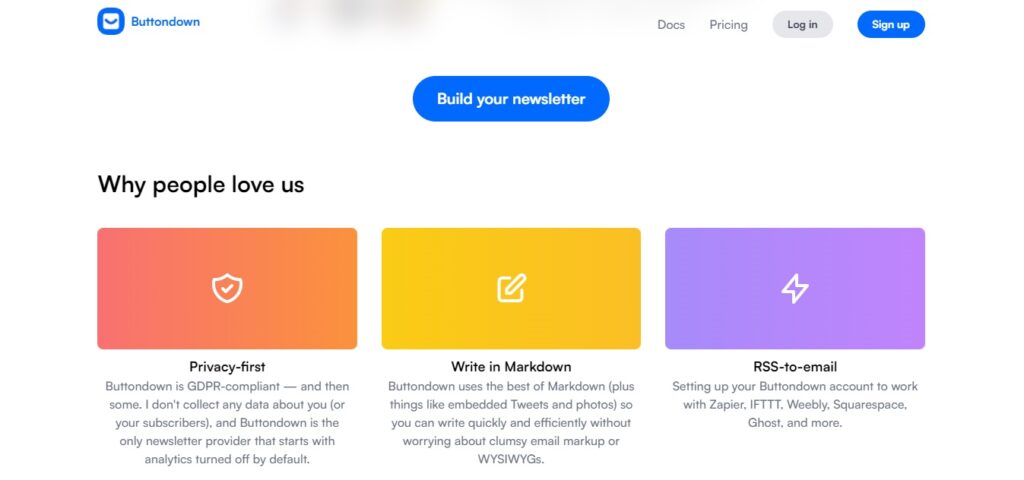


Similar to Substack in a number of ways, Buttondown aims to make it as easy as possible to create a newsletter. Users range from creators to entrepreneurs who use the minimalist platform to send emails.
Its editorial tools include spellcheck, spotting missing links, and sub-standard images, among others. In other words, it ensures that you never send out anything but polished and well-designed newsletters. Buttondown makes it simple for your audience to sign up for subscriptions thanks to its subscription widget.
This is free for the first thousand subscribers, so it gives you ample opportunity to test out all its features before signing up for a premium membership with this platform. Despite its excellent features, Buttondown could still work on growing its community-building abilities.
Highlights
- A subscription widget makes it easy for your community to sign up
- Creators are not charged for the first 1000 subscribers, so you can explore the platform for free before signing up
- Excellent editorial tools to check your newsletters before sending them out
Related: 6 Best Pinterest Alternatives You Must Check Out (2023)
